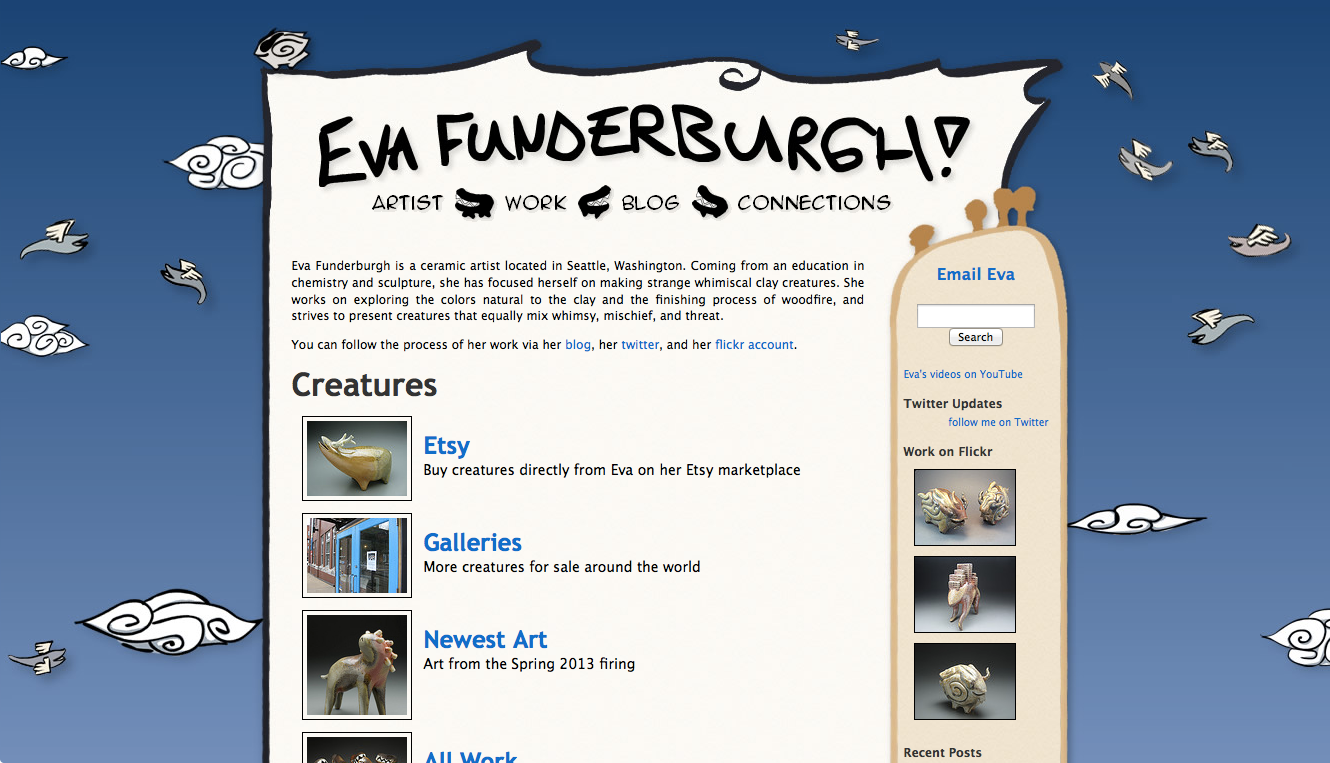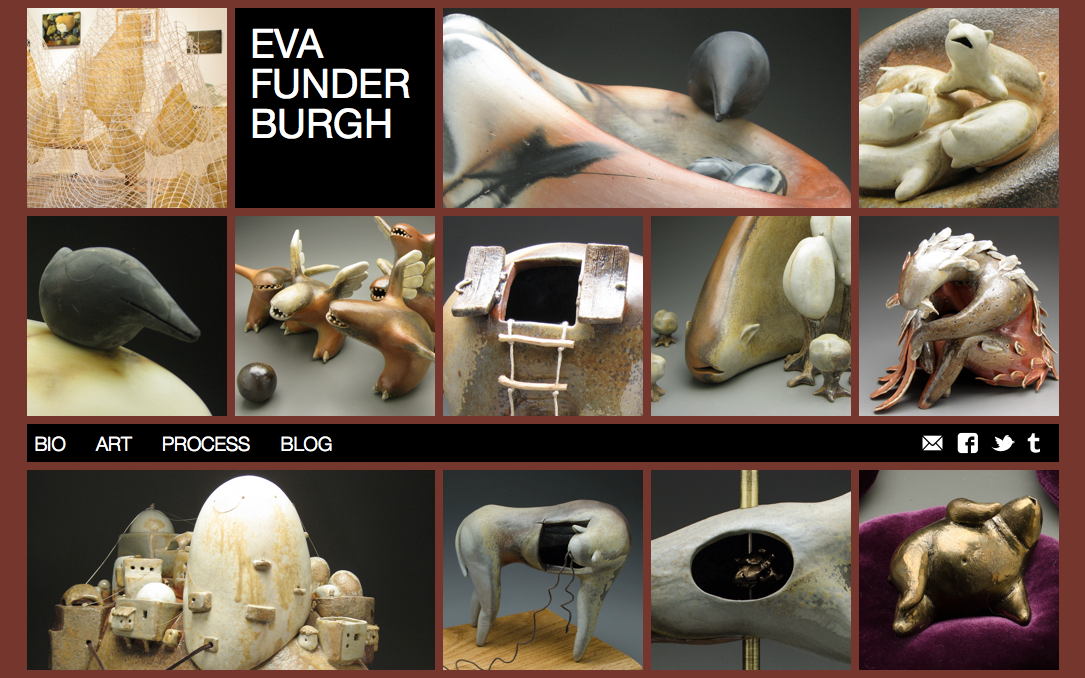A few weeks ago I finally released Maruku 0.7.0 after a short beta that revealed no serious issues. This was the first release in four years of the venerable Ruby Markdown library. I inherited Maruku over a year ago and I’m very proud of the work I’ve put into it during that year. I’m glad that I was able to fix many of its bugs and update it to work in a modern Ruby environment. However, I want to recommend that, if you have a choice, you should choose a different Markdown library instead of Maruku.
When Natalie Weizenbaum handed Maruku over to me, my interest in the library stemmed from its use in Middleman, and my desire to default to a pure-Ruby Markdown processor in the name of compatibility and ease of installation. The two options were Maruku and Kramdown. Maruku was the default Markdown engine for the popular Jekyll site generator, but was old and unmaintained. It also used the problematic GPLv2 license, which made its use from non-GPL projects questionable. Kramdown was inarguably a better written library, with active maintenance, but under the even-more-problematic GPLv3 license. The GPLv3 is outright forbidden in many corporate environments because of its tricky patent licensing clauses, plus it has all the issues of GPLv2 on top. I emailed Thomas Leitner, Kramdown’s maintainer, about changing the license to a more permissive license like the MIT license (used widely in the Ruby community) but he declined to change it, so I set to work on Maruku.
As I explained in my initial blog post, my plan was to fix up Maruku’s bugs and relicense it under the MIT license and release that as version 0.7.0. I did that, and then the plan was to release 1.0.0:
I’m thinking about a new API and internals that are much more friendly to extension and customization, deprecating odd features and moving most everything but the core Markdown-to-HTML bits into separate libraries that plug in to Maruku, and general non-backwards-compatible overhauls. […] Overall, my goal for Maruku is to make it the default Markdown engine for Ruby, with a focus on compatibility (across platforms, Rubies, and with other Markdown interpreters), extensibility, and ease of contribution.
However, in March of 2013, Mr. Leitner decided to relicense Kramdown under the MIT license starting with version 1.0.0. I continued to work on finishing Maruku 0.7.0, but I knew then that for people looking for a capable, flexible, well-written pure-Ruby Markdown library, Kramdown was now the correct choice. All of the things I wanted to do in Maruku for 1.0.0 were in fact already done in Kramdown – better code organization, better modularity and extensibility, good documentation, a better parser, and improved performance. Soon after Kramdown 1.0.0 was released, I switched Middleman to depend on it instead of Maruku.
I will continue to maintain Maruku and make bugfixes, because it’s the right thing to do. That said, I’m not sure I can justify doing much work on the 1.0.0 milestone knowing that, given the choice, I would use Kramdown or Redcarpet over Maruku. My recommendation to the Ruby community, and Ruby library authors, is the same: use a different Markdown library, or better yet abstract away the choice via Tilt. Please feel free to continue to send pull requests and issues to the Maruku repository, I’ll still be there.




